Behold the Most RFID-Friendly Craps Table, Ever
What’s the future of live craps in Las Vegas casinos? The bottom line answer is “fewer.” Craps tables cost more to operate than other live table games, so some casinos are reducing them or eliminating them altogether.
But live craps remains the quintessential casino game, and what’s next involves technology. Specifically, RFID (Radio-Frequency Identification) tech. There are already little chips embedded in casino chips, also known as “tokens.”
Ellis Island recently unveiled a craps table that puts the integration of RFID technology front and center. Craps will never be the same.
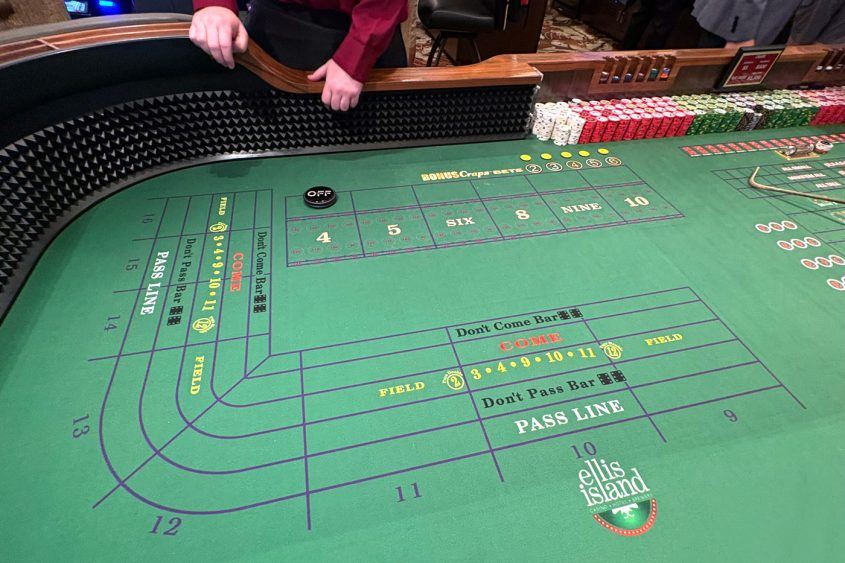
Ellis Island recently opened its long-awaited casino expansion. We haven’t done a story yet because we are very busy and important.
Here’s a quick walk-through with expert narration by, you know, us. Sorry.
Along with the unveiling of the expansion, a new dice table made its debut. It caught our eye because of its distinctive layout, which is a polite way of saying our first reaction was along the lines of “WTF?”
Oh, yes, we played on it. It’s a little thing called “journalism” and in no way resembles a “gambling compulsion.”
The new layout is sort of a dream come true for our fellow OCD sufferers.
Every bet on the table is marked, and every player gets a number that corresponds with their location.
Each player has a little sliver of the table within which they make bets and all the “self-service” bet spaces (some craps bets are placed by dealers, see below) are uniform in size.
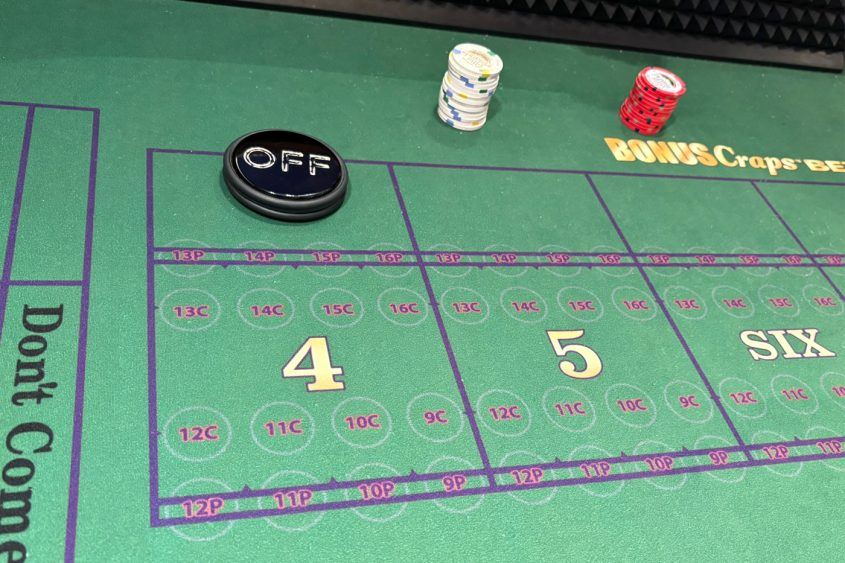
One of the things we love about this layout is all the “sucker” bets are the same size as the regular bets. The “field” is the same size as the “Pass Line,” for example.
Typically, at each corner of the table, there’s a Big 6 and 8 bet, designed mostly for drunk people who don’t realize the same bet placed by the dealer pays more for the exact same roll. That sucker bet has been removed entirely from the new layout.
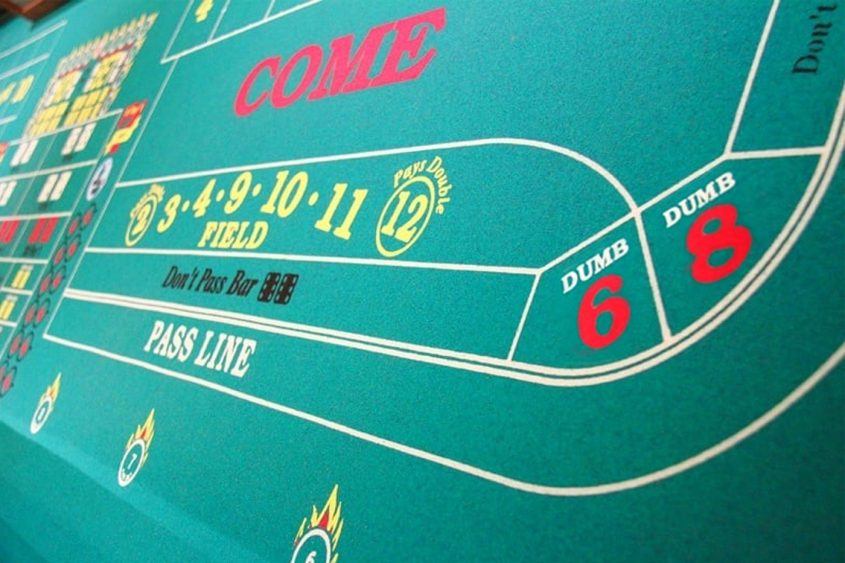
There’s no more reaching across the table to bet on the field. It’s right in front of you.
There’s a bit of a learning curve on this table, because in some spots, there are no markings of any kind (12 in the above photo).
A wonderful aspect of this layout is dealers and players can easily tell where their bets are. That’s because the bets the dealers handle are clearly marked with the player’s position number.
The center of the table, the proposition bets, is equally orderly.
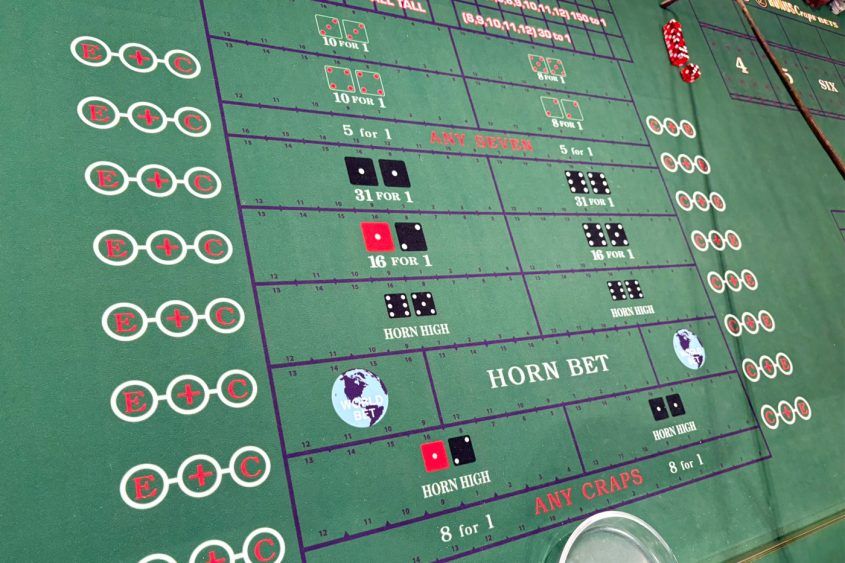
On a hot table, especially one accommodating 16 players, it can be chaotic. Using this layout, every bet has its place and life is easier for everyone (with, we trust, fewer player disputes, which can screw with the mojo, bigtime).
Once you get used to the layout, it’s pretty much the same experience as the traditional layout, but there are other benefits you can’t see on the table.
RFID chips are becoming increasingly important to casinos and players because they provide accurate tracking of chips and payouts.
They not only help ensure accuracy on the part of dealers, they give management a way to track the level of play to “rate” players so they can reward them with perks when appropriate.
To-date, a lot of perks have been doled out by eye-balling bets. Guesstimation. Players have figured out ways to trick management into thinking they’re playing more than they are (often by just increasing their bets when a manager is watching).
RFID chips allow the casino to track every dollar wagered. This is great for players.
On the casino side, the benefits are many: RFID chips gather real-time data like exactly how much a player bets, how often, what side bets they make and how long they stay at a table.
There’s also fraud prevention and chip security, pretty much killing the chances of passing counterfeit chips.
RFID chips can also be deactivated if needed. That means if they’re stolen, they’re worthless, discouraging theft (including by employees).
There are a lot of operational efficiencies with RFID chips we won’t get into, but there are a substantial number related to fewer errors, less time tallying chips and giving employees more time to interact with guests.
RFID can help with money-laundering detection, which has become a thorn in the side of Las Vegas casinos, with hefty fines being paid by high-profile resorts for botching their reporting requirements.
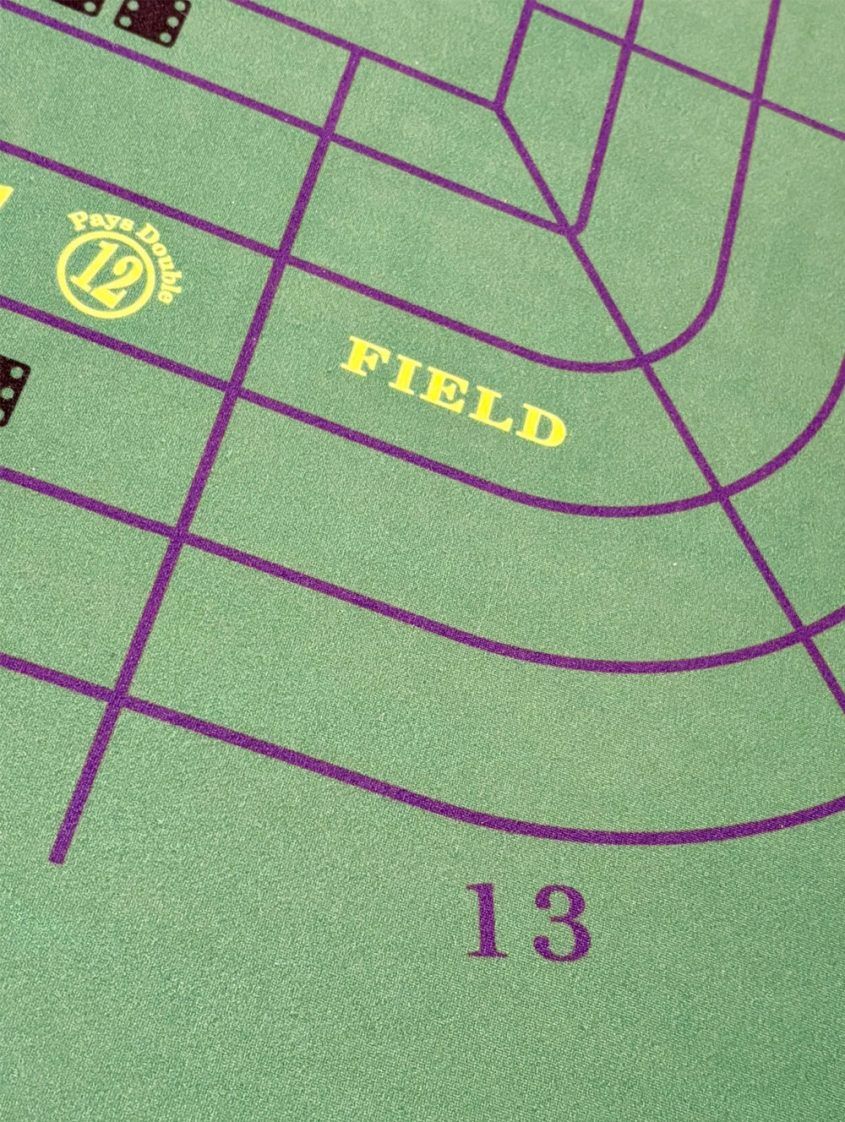
No technological change comes without its critics, of course.
People are sometimes paranoid about being “tracked” or “monitored” when they’re gambling.
Our response to that concern is “meh.”
Surveillance is watching you every second you’re on the casino floor. If you’re smart, you’re playing with your loyalty club card, connected to all your personal information. You’ll survive.
So, the future is here. Again.
The twist at Ellis Island is they don’t actually use RFID-enabled chips yet.
But they’re coming.
Are you up for trying this new craps layout?
How will it land with old-school craps players?
Isn’t it weird this isn’t happening at the bigger Strip casinos first?
Have you ever noticed that when we can’t think of a way to end our story, we ask lots of questions?
Does anyone ever read this far, anyway?
Did you?





Leave your thoughts on “Behold the Most RFID-Friendly Craps Table, Ever”
8 Comments